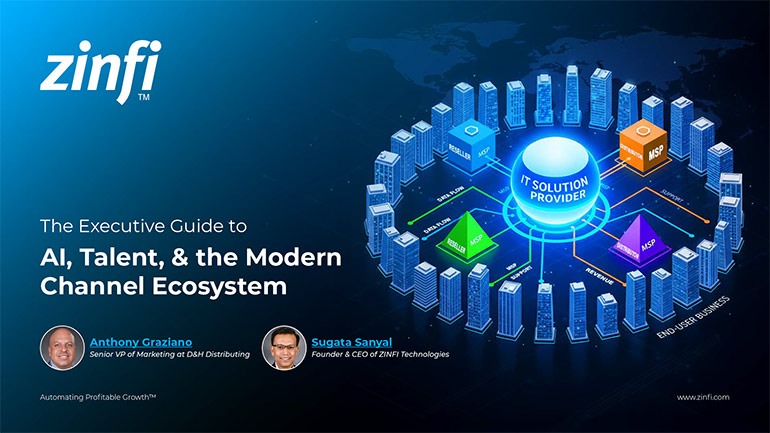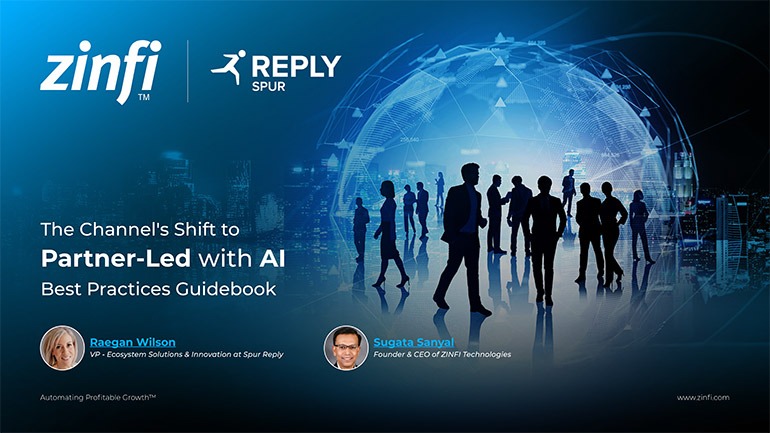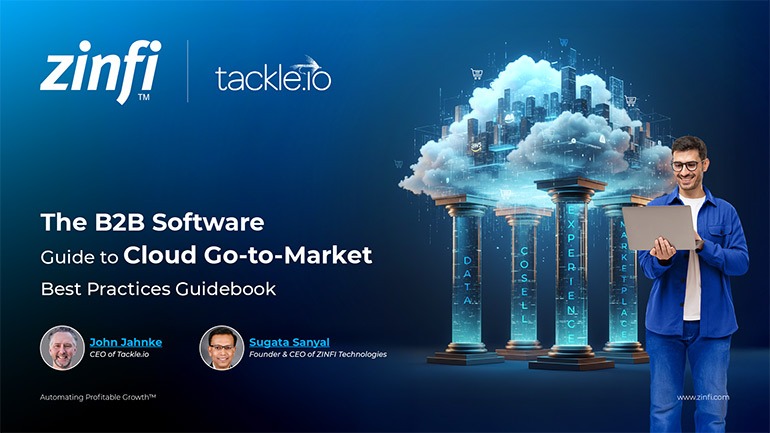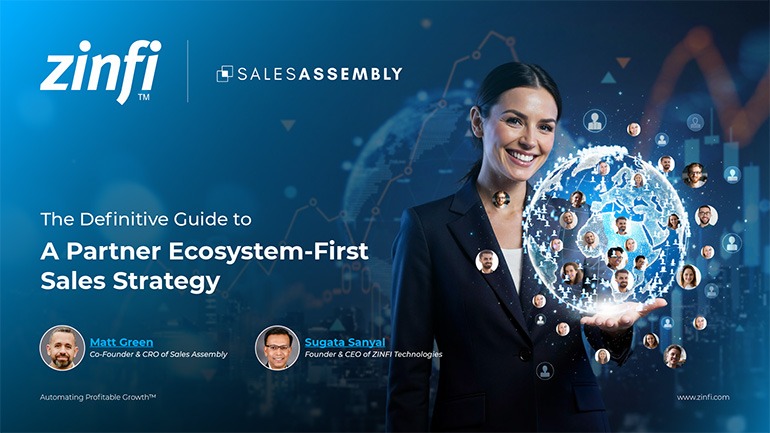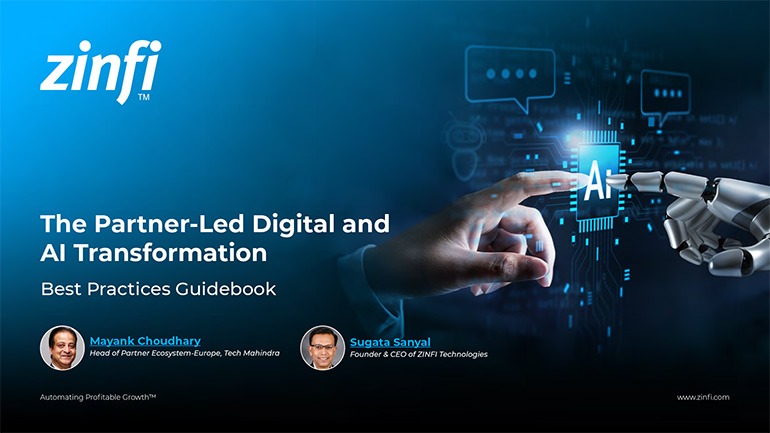Anthony Graziano’s career has been at the forefront of distribution and channel marketing, providing a front-row seat to one of the industry's most significant transitions: the shift from a traditional 'channel' approach to sophisticated, integrated 'ecosystems'. This evolution is driven by the necessity for solution providers to deliver more comprehensive, consumption-based services and engage with a broader set of influencers beyond the traditional reseller. The modern channel marketing strategy must now support this complex web of relationships, recognizing that technology sales involve co-selling and co-innovating across multiple partners, rather than a simple, linear transaction. Graziano’s perspective, having moved from a global vendor role at Logitech back into distribution leadership at D&H, offers unique insights into how expectations for marketing have undergone drastic changes. Vendors now demand more quantifiable return on investment and broader market penetration from distributors, while partners require high-level enablement and accessible, modern tools.
D&H Distributing’s investments, such as the rollout of the MKT+SHIFT self-service marketing platform, are a direct reflection of these changing needs and the move toward an ecosystem-driven environment. This platform empowers partners to modernize their go-to-market strategies by providing scalable, integrated digital campaigns and tools they can execute independently. It moves beyond basic content syndication to offer a true self-service capability that is critical for a diverse partner base with varying levels of marketing maturity and resource availability. In an ecosystem where speed and relevance are paramount, the ability to quickly deploy professional, vendor-compliant marketing assets is not just an advantage; it is a fundamental requirement for solution providers competing in the digital age. The platform's success demonstrates D&H's commitment to reinforcing its position as a trusted enabler, directly addressing the pain points of modern channel marketing.
The transformation in the Information Technology landscape also necessitates a complete rethinking of how vendors and distributors collaborate on marketing initiatives. The old model of simply pushing products has given way to a focus on joint solution selling and value creation, requiring a deeper alignment of marketing efforts. Graziano’s experience underscores that distribution is no longer just logistics; it is an enablement engine that bridges the gap between vendor innovation and partner execution. This shift requires that distribution channel marketing not only drive demand generation but also provide the strategic guidance and technological infrastructure necessary for partners to thrive in specialized markets. The evolving landscape demands a blend of high-touch strategic support with high-scale, automated tools, ensuring partners, regardless of size, can effectively capitalize on growth opportunities.

